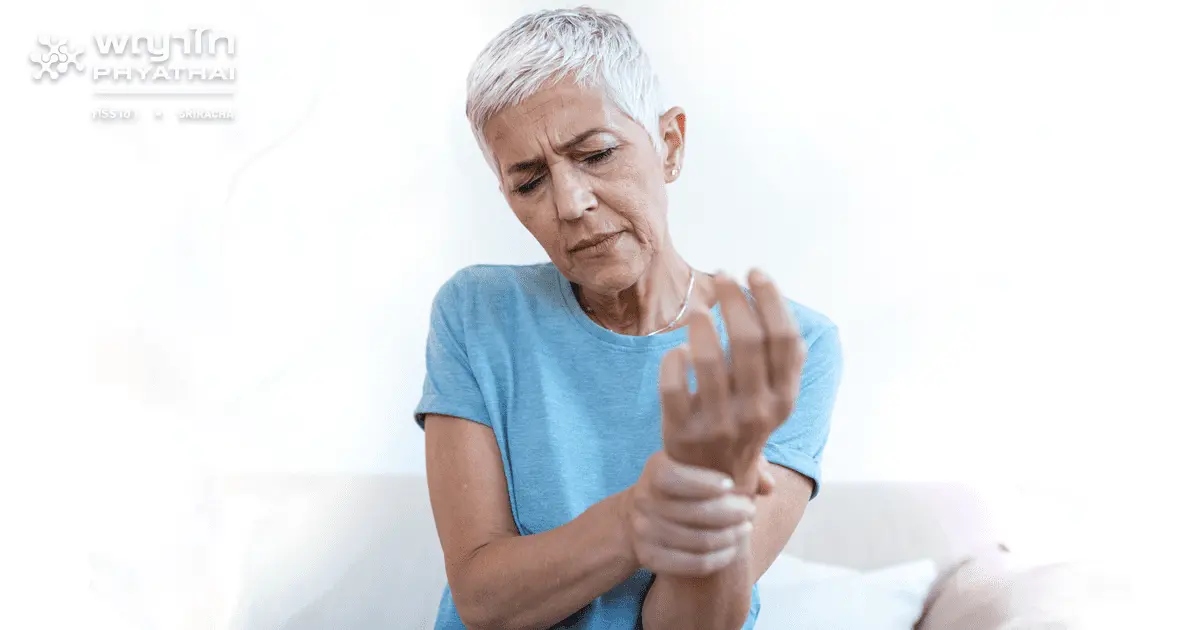The older you are, the higher the risk of joint degeneration
For further information or Booking..
It may sound frightening, but joint degeneration is a disease that poses risks for all elderly individuals, and some may not even exhibit any symptoms despite having the condition, which can worsen the severity of the disease.
The older you are, the higher the risk of joint degeneration. This disease falls under the category of inflammatory joint diseases and involves the gradual deterioration of the cartilage at the ends of the connecting bones. It can affect both men and women, and there are five groups of people who are particularly susceptible:
- Individuals aged 50 and above who engage in heavy physical labor or activities.
- Individuals aged 70 and above, accounting for up to 80-90 percent of cases.
- Overweight individuals, as excessive weight increases the risk of severe joint degeneration, especially in weight-bearing joints such as the knees and hips.
- Individuals with incorrect joint usage habits, such as sitting cross-legged, squatting for long periods, or kneeling frequently.
- Individuals with rheumatoid arthritis, joint infections, or joint injuries that cause damage to the cartilage, leading to joint degeneration.
If you experience persistent pain or stiffness when moving your body, it is advisable to consult a physician promptly.
The following are some recognizable symptoms of joint degeneration:
- Audible sounds during joint movement. In some cases, there may be bone spurs, which are the body’s attempt to strengthen the affected joint.
- Pain during movement due to friction between the affected bones. Some individuals with persistent pain may avoid moving the affected area, which can lead to muscle weakness.
- Morning stiffness and joint discomfort after waking up.
- Deformities in the legs, such as bow-leggedness or outward rotation, with limited extension.
To diagnose the severity of the disease, the following methods are employed:
- Physical examination and evaluation of the skeletal system by a specialized physician.
- X-rays or MRI scans of the affected bones.
- Measurement of bone density using Bone Mass Densitometry (BMD).
6 Treatment Approaches… for Improving the Quality of Life in the Elderly
- Physical therapy to help relieve muscle stiffness and reduce pain. The physician will consider appropriate methods for selecting the rehabilitation technique.
- Medication to reduce inflammation and joint pain, allowing patients to resume normal activities.
- Injection of lubricating substances or artificial joint fluid to increase joint lubrication and reduce pain.
- Arthroscopic debridement, a surgical procedure to diagnose and clean the joint, reshape the joint surface, or repair torn ligaments or damaged bone cushions.
- Corrective osteotomy surgery to correct the misalignment of the knee joint, improving weight-bearing and force distribution.























